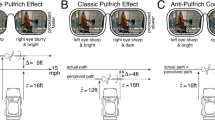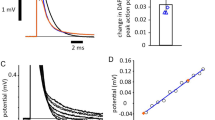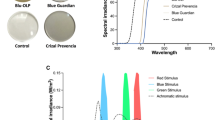Abstract
I WAS much interested in the letter from Mr. H. J. Denham on the above subject in NATURE of November 17. It is gratifying to know that the importance of adjustment of the intensity of illumination in the microscope is recognised. At the National Institute for Medical Research several workers are provided with appliances for modifying this intensity, and they are agreed that it increases their comfort and efficiency. But I am in disagreement with the method that Mr. Denham adopts. The subject is too lengthy to discuss in full, but it is, I think, an accepted principle that the dominant wave-length in any light used for the microscope should be as short as possible, and that any light-modifier should reduce intensity without any alteration of quality. It is also well known that the wave-length of the dominant radiation is inverselv proportional to the absolute temperature of the radiating substance, which in the case of the “Pointolite” lamp is tungsten. To alter the intensity of such an illuminant, therefore, by means of a resistance results in such an alteration of quality that the light becomes useless for exact work, and we long ago tried and discarded such a method for this reason.
This is a preview of subscription content, access via your institution
Access options
Subscribe to this journal
Receive 51 print issues and online access
$199.00 per year
only $3.90 per issue
Buy this article
- Purchase on Springer Link
- Instant access to full article PDF
Prices may be subject to local taxes which are calculated during checkout
Similar content being viewed by others
Author information
Authors and Affiliations
Rights and permissions
About this article
Cite this article
BARNARD, J. Microscope Illumination and Fatigue. Nature 108, 468–469 (1921). https://doi.org/10.1038/108468a0
Published:
Issue Date:
DOI: https://doi.org/10.1038/108468a0
Comments
By submitting a comment you agree to abide by our Terms and Community Guidelines. If you find something abusive or that does not comply with our terms or guidelines please flag it as inappropriate.



